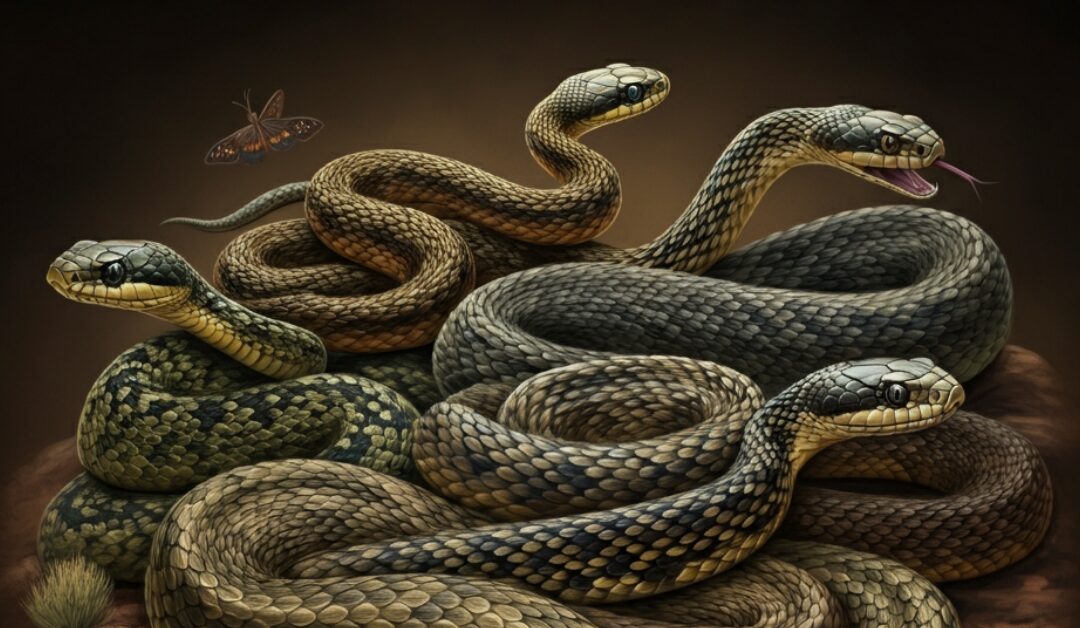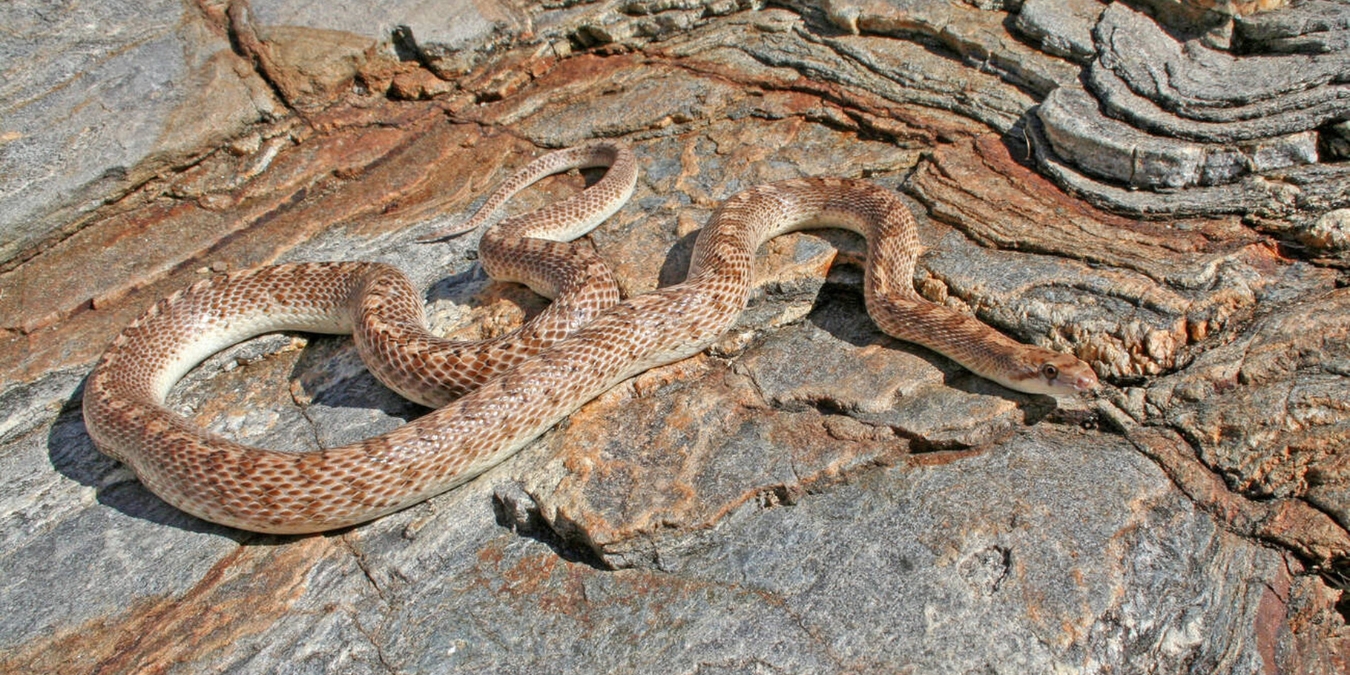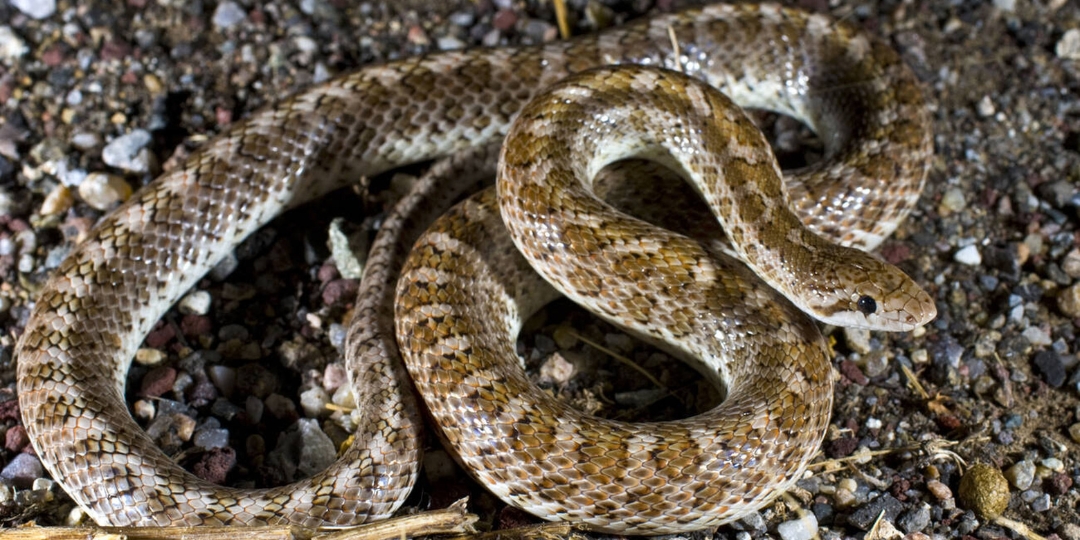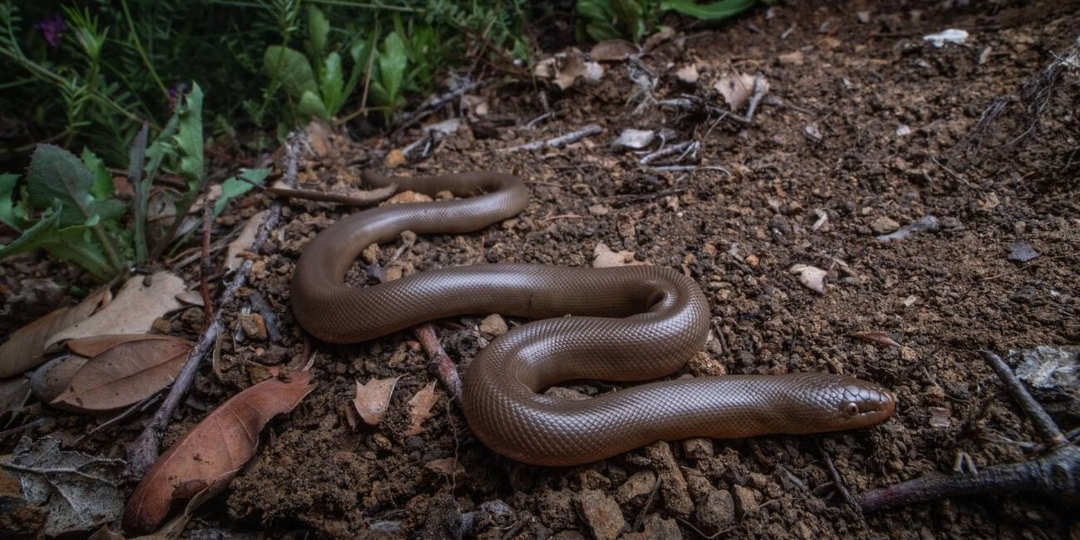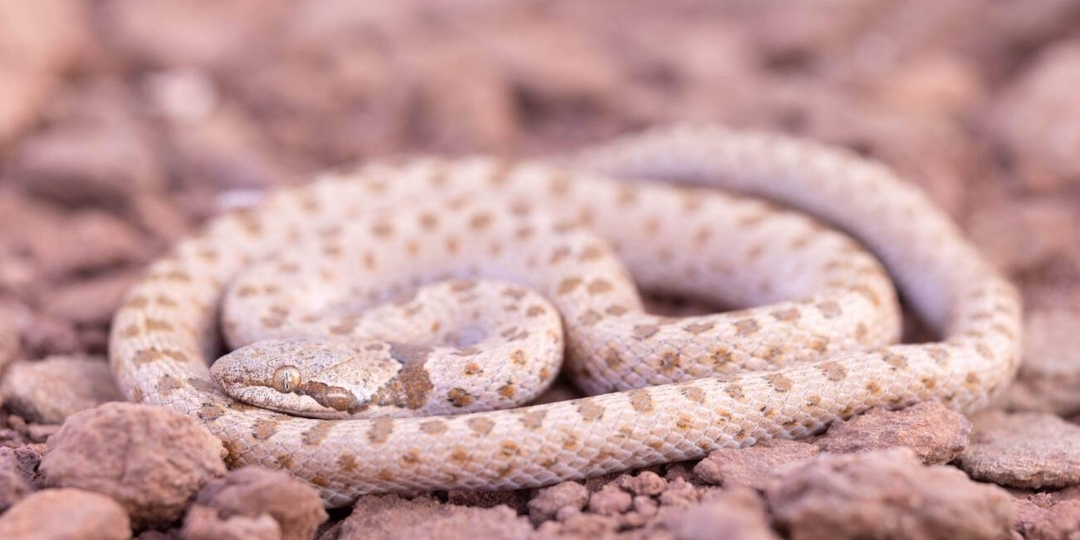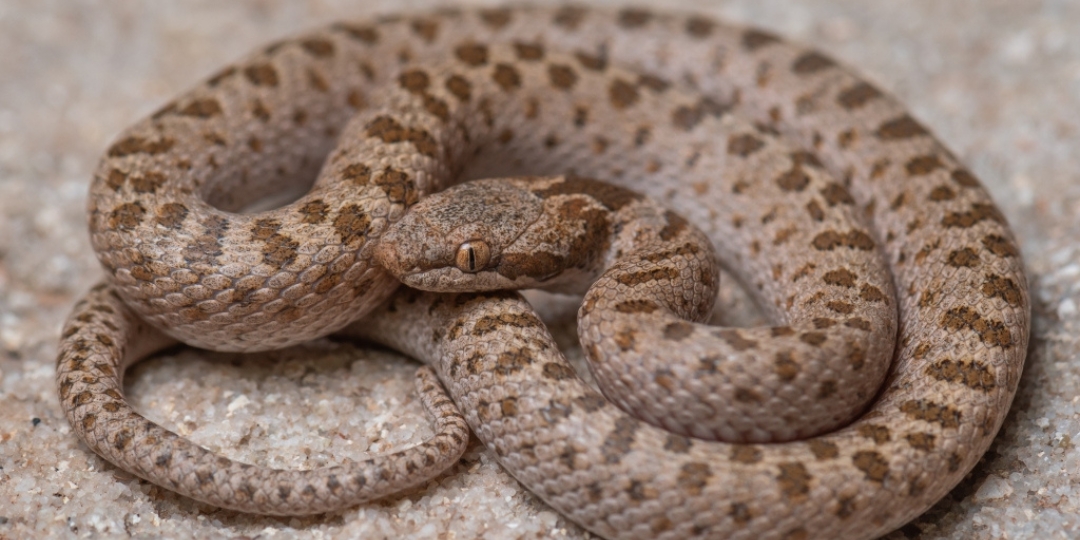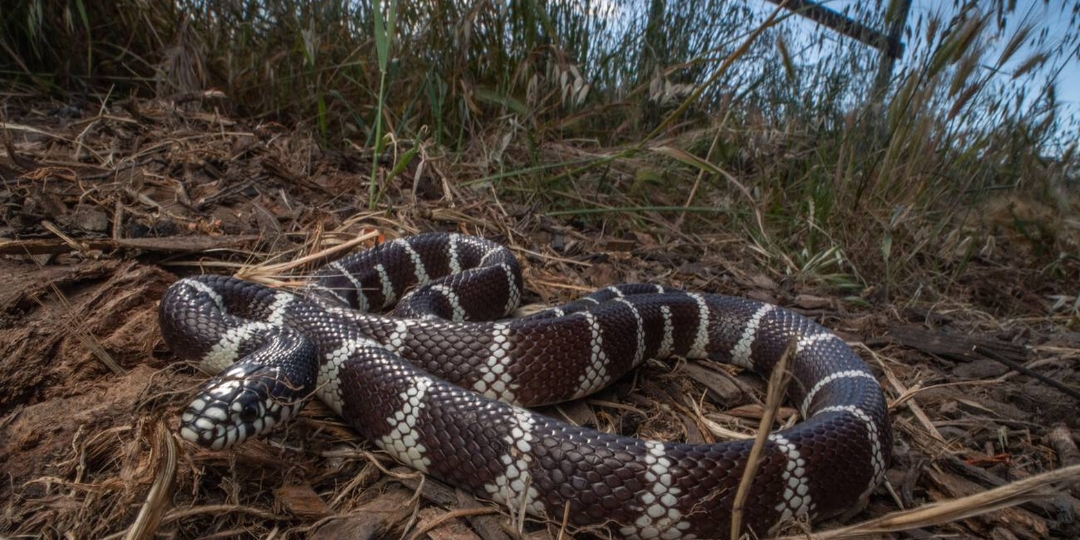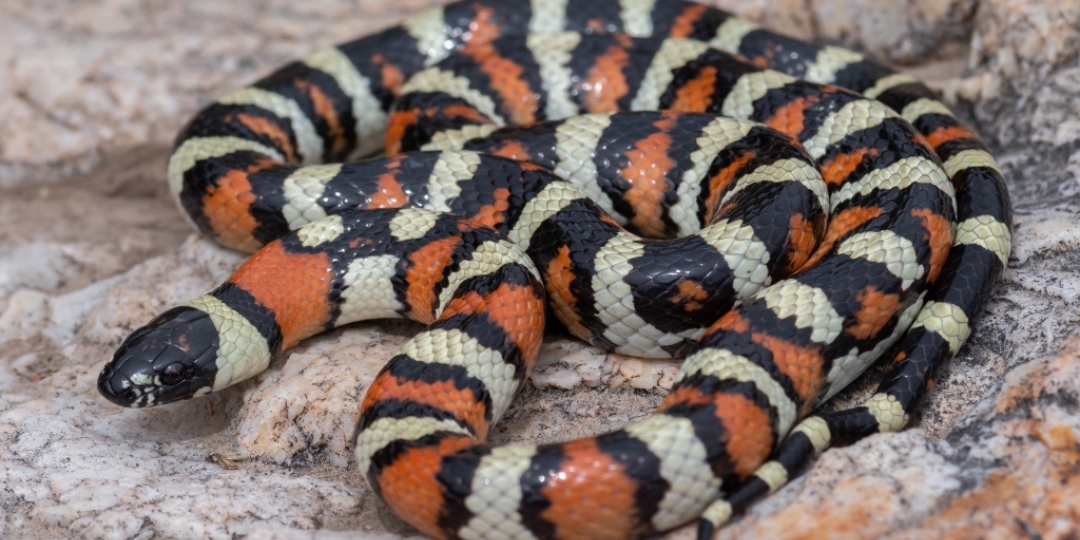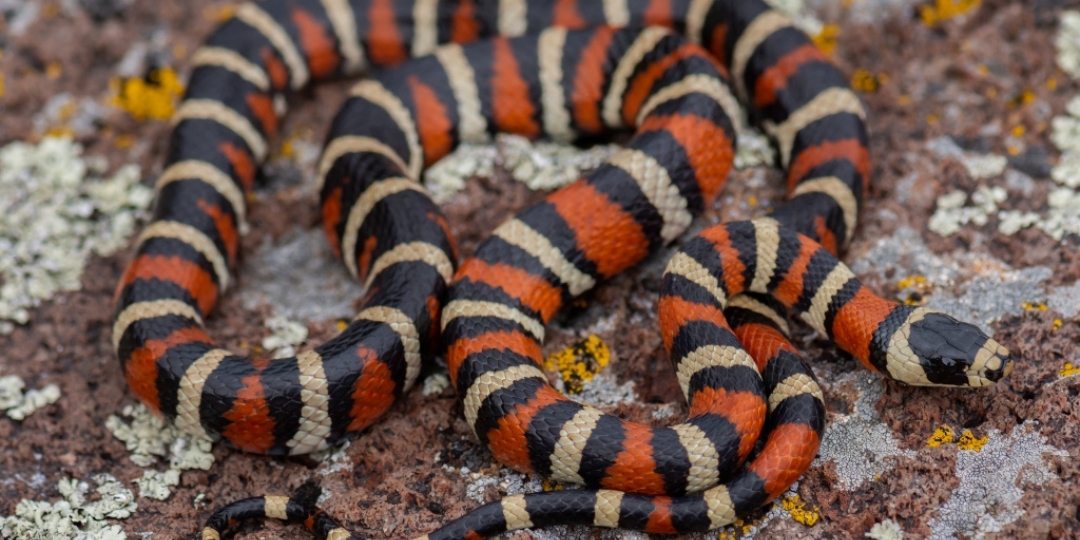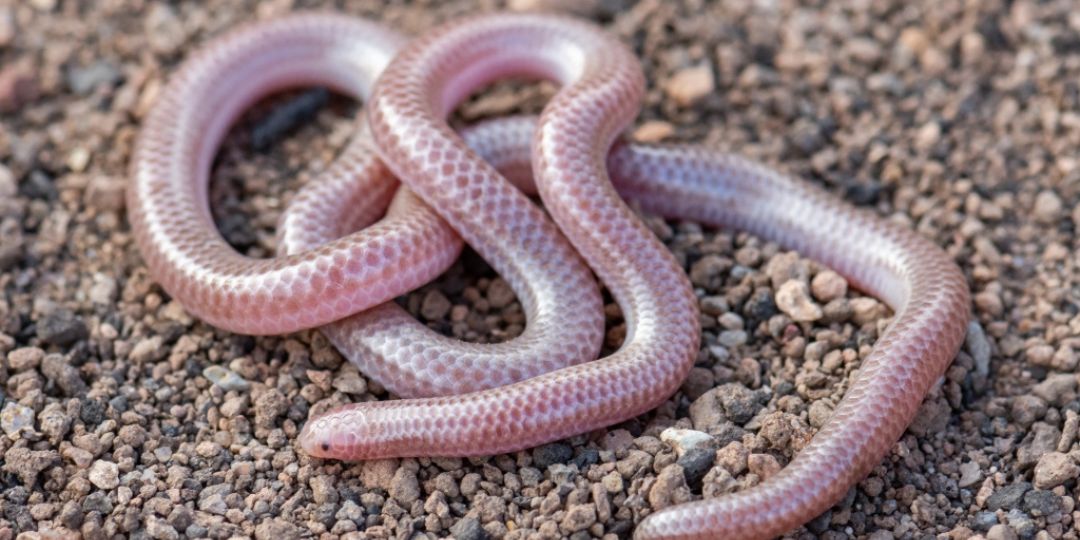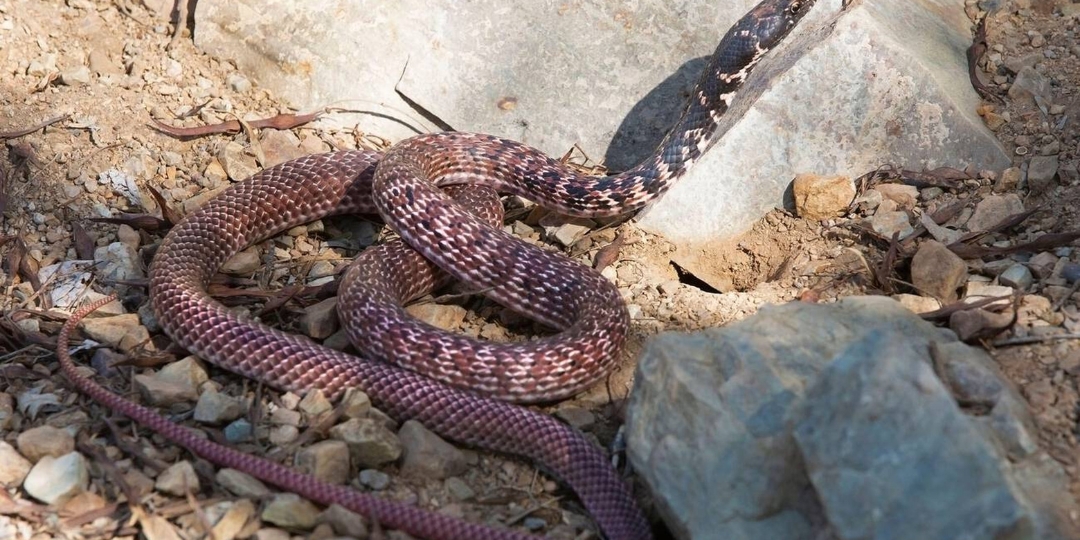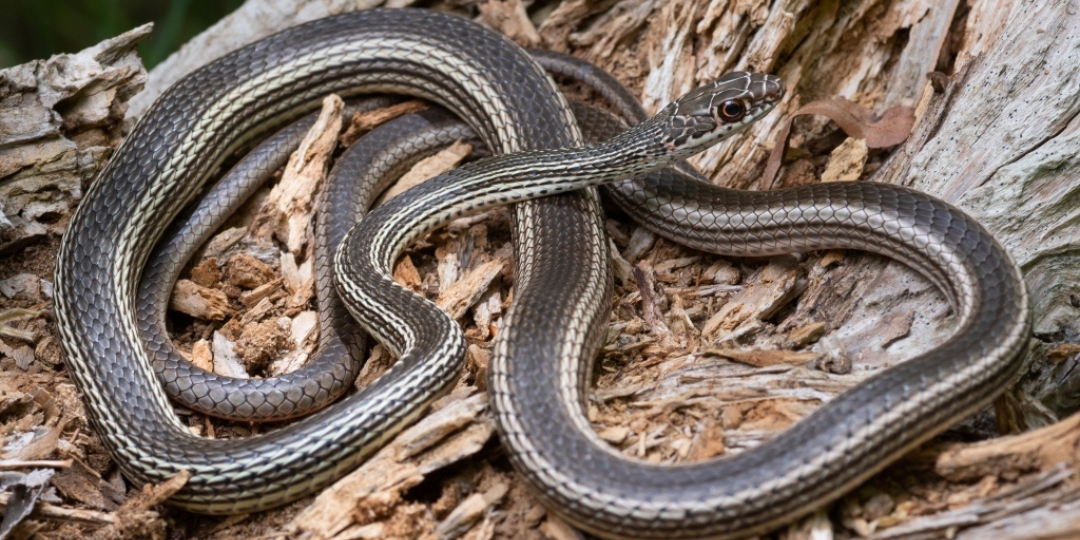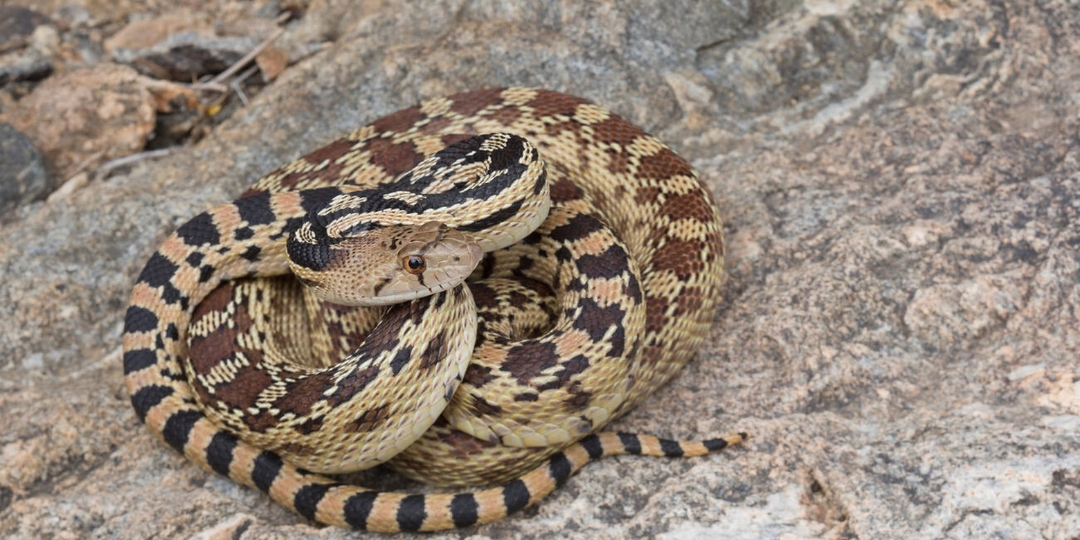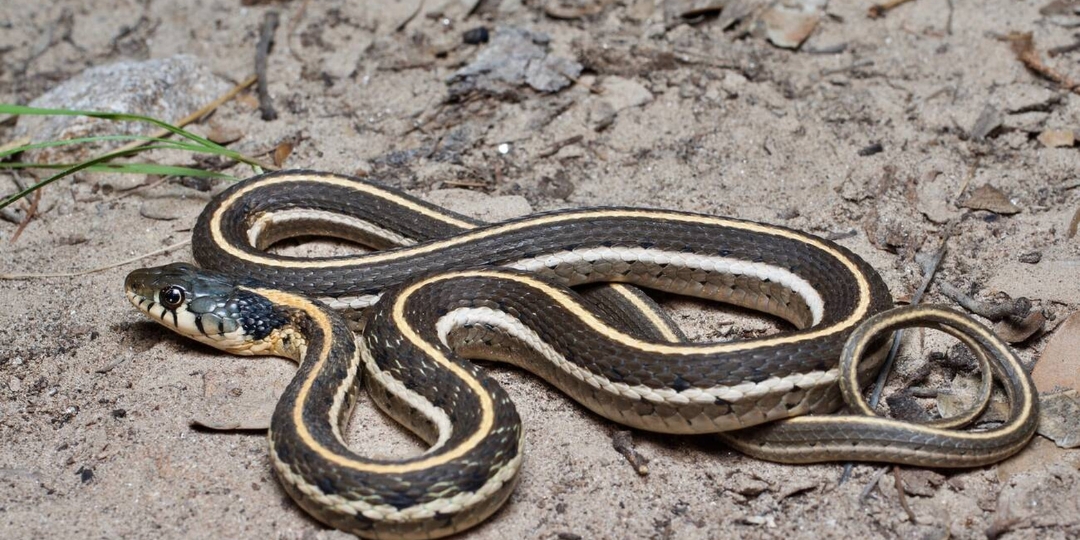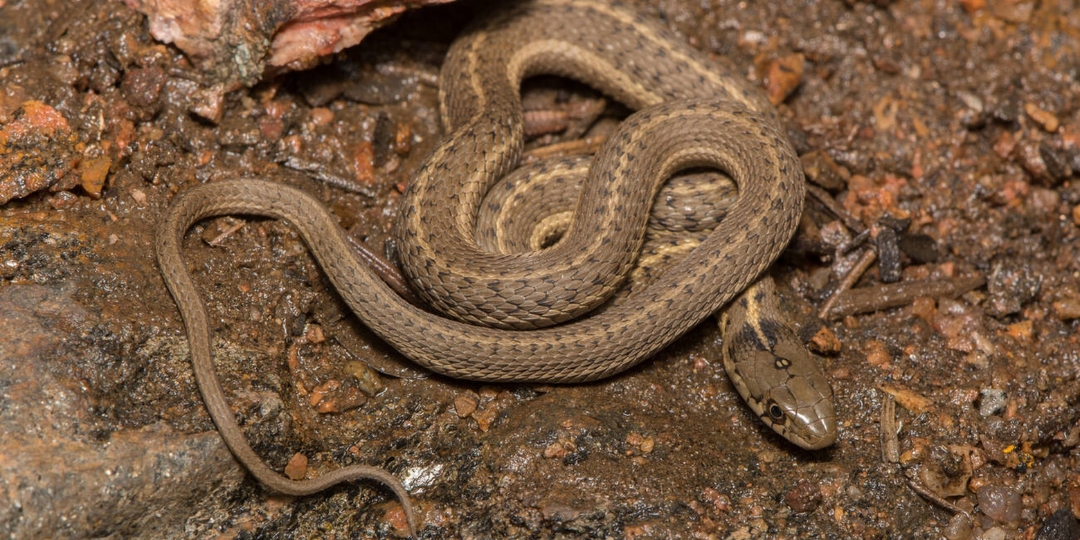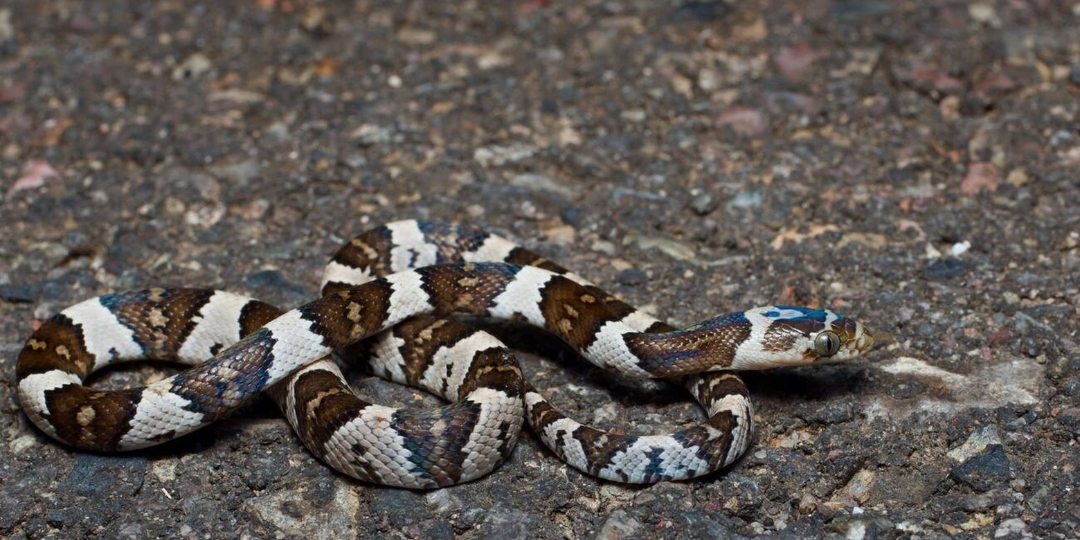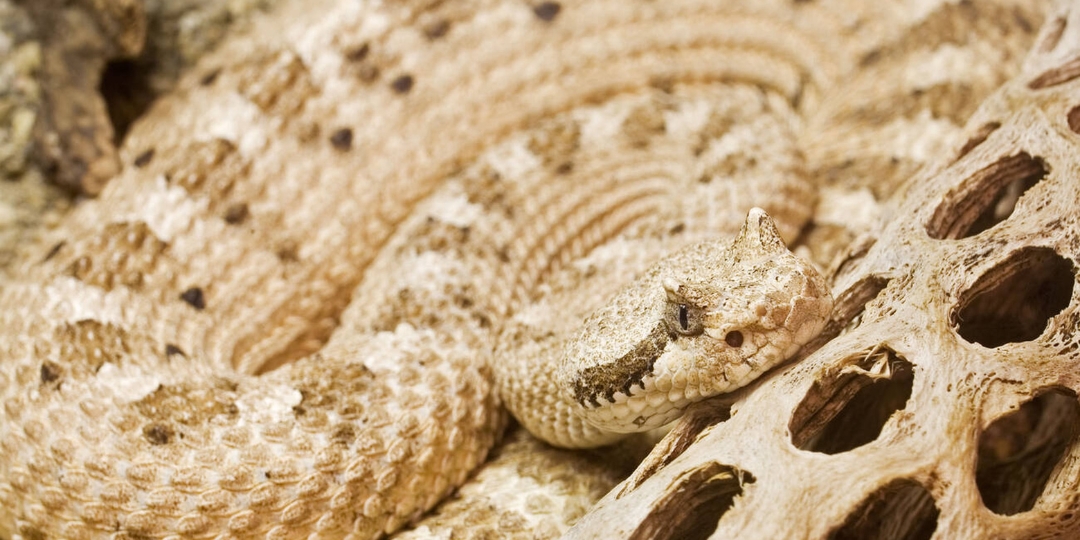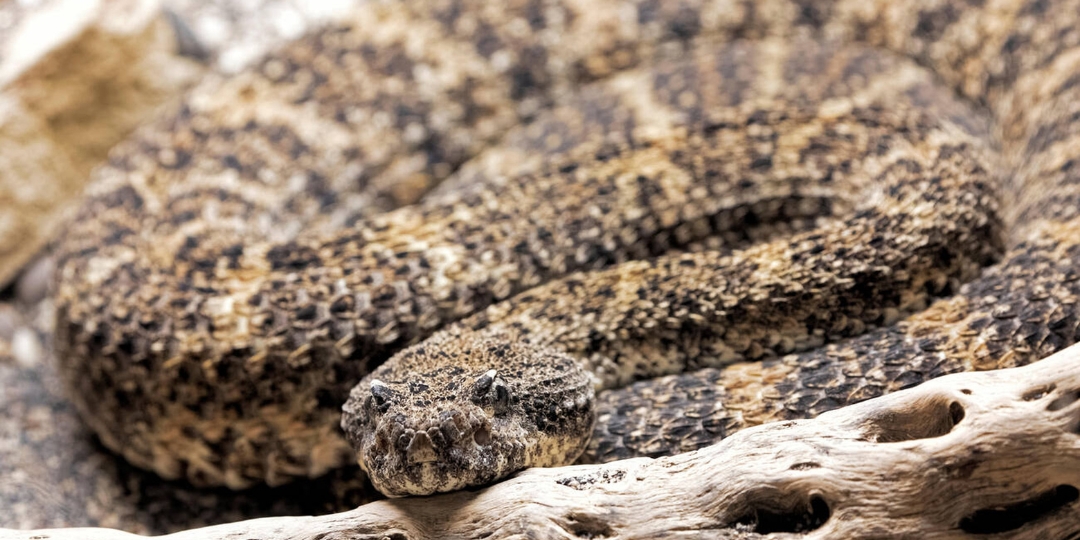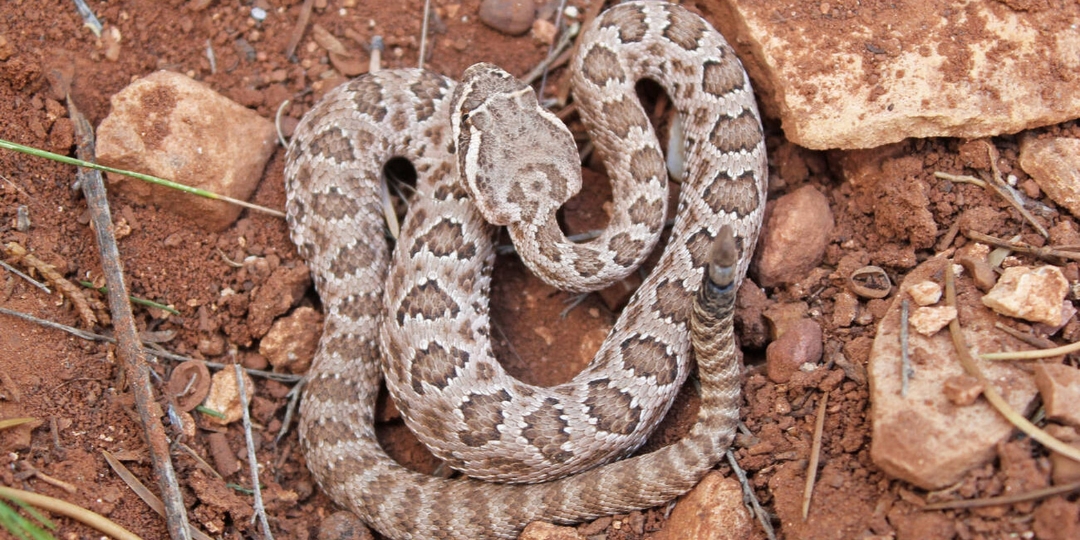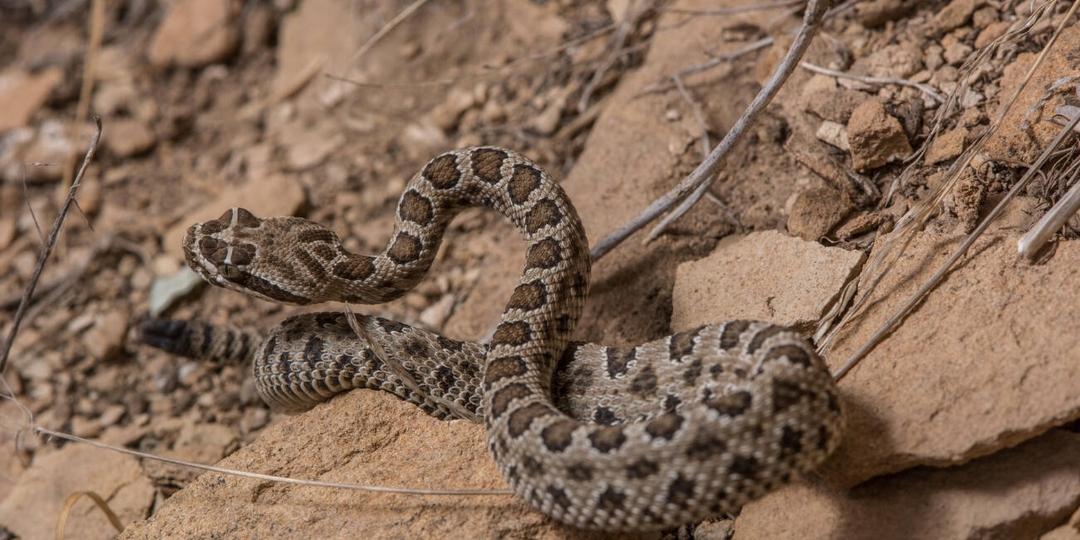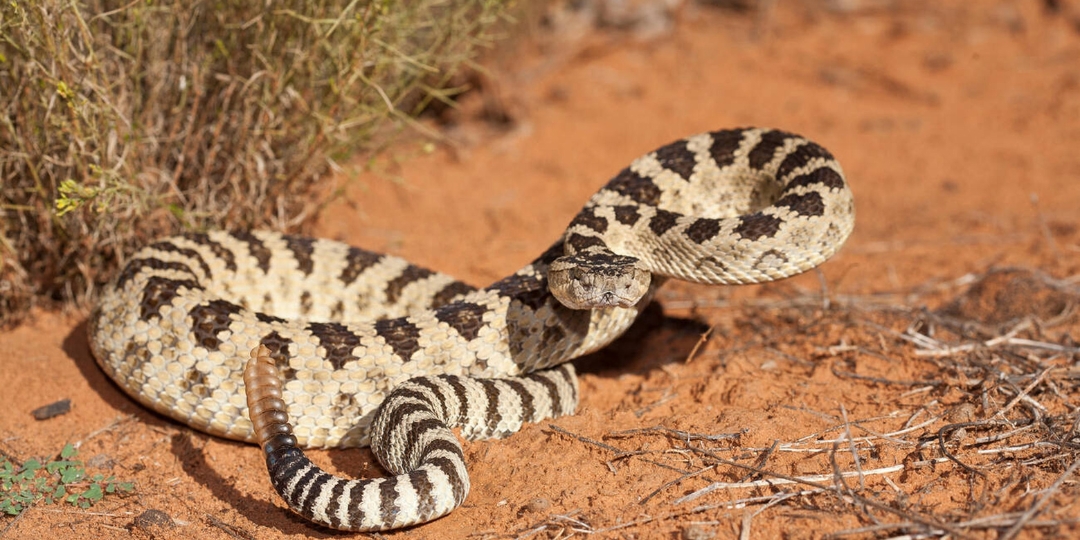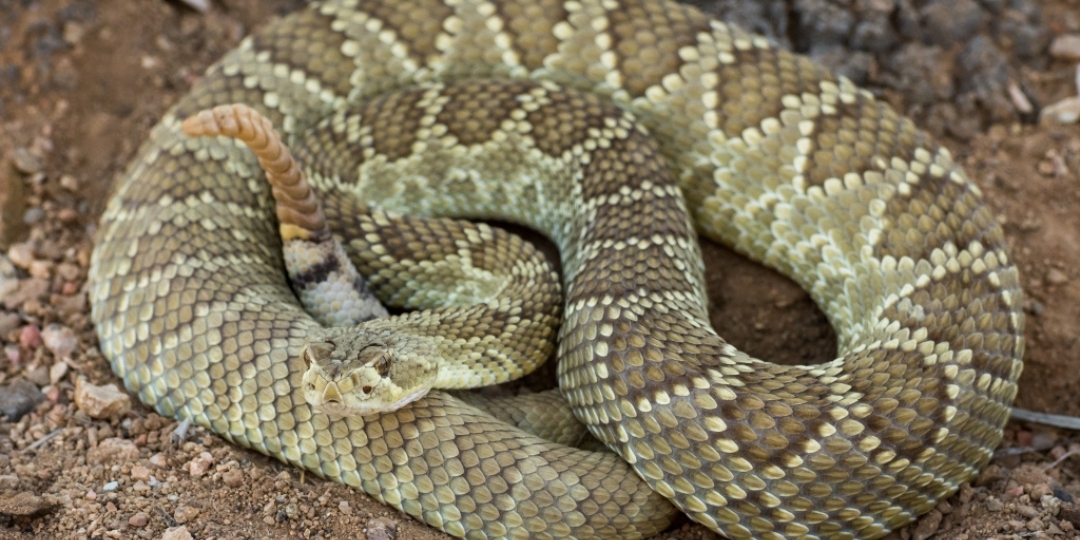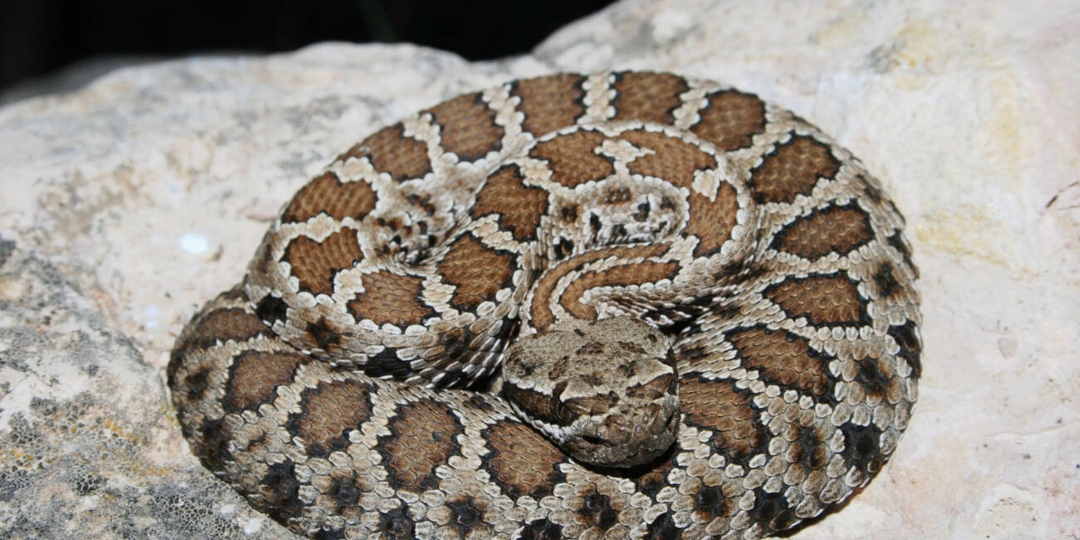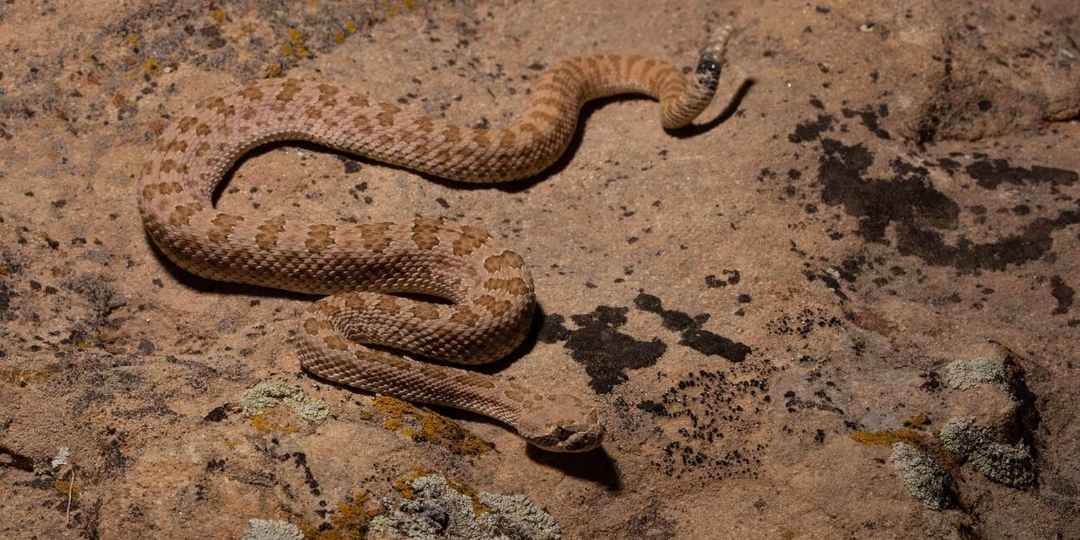Utah is a haven for snake enthusiasts, thanks to its rich diversity of snake species that thrive in the state’s varied landscapes. From the arid deserts of the south to the lush forests of the north, these fascinating reptiles play crucial roles in their ecosystems. Understanding both harmless and venomous snakes is important not only for safety but also for appreciating and conserving Utah’s natural heritage. This guide dives deep into the world of Utah’s snakes, highlighting their unique characteristics, habitats, and the ongoing efforts to preserve their environments.
Introduction
The state of Utah is home to a diverse array of snake species, each adapted to different habitats ranging from desert sands to mountain forests. While snakes often evoke fear and misunderstanding, they are essential to maintaining ecological balance, controlling pest populations, and serving as prey for other wildlife. With 33 species calling Utah home, understanding the differences between harmless and venomous snakes is vital for both residents and visitors.
The Importance of Snake Conservation
Conservation efforts in Utah focus on protecting the habitats crucial for snake survival. Habitat destruction and climate change pose significant threats to these reptiles. Organizations like the Utah Division of Wildlife Resources and The Nature Conservancy are working tirelessly to preserve these ecosystems, ensuring that future generations can continue to learn about and appreciate Utah’s native snakes.
Harmless Snakes (25 species)
1. Desert Glossy Snake
Description: The Desert Glossy Snake boasts a smooth, shiny appearance with a light tan or cream base color, accented by darker blotches along its back.
Size: Typically reaches lengths of 20 to 55 inches.
Range and Habitat: Found in sandy and rocky areas across southern Utah, it thrives in semi-arid regions.
Similar Species: Resembles the Painted Desert Glossy Snake but differs in color intensity and pattern.
2. Painted Desert Glossy Snake
Description: Characterized by its vibrant, glossy scales with a mix of reddish-brown patches, this snake stands out for its striking appearance.
Size: Grows to lengths of 25 to 50 inches.
Range and Habitat: Prefers arid and semi-arid terrains, often seen in southern Utah.
Similar Species: Can be confused with the Desert Glossy Snake due to similar markings.
3. Northern Rubber Boa
Description: Known for its rubbery, smooth skin and a uniform olive-brown hue, the Northern Rubber Boa is a petite yet fascinating species.
Size: Typically measures 14 to 33 inches in length.
Range and Habitat: Inhabits cooler, forested regions in northern Utah, often hiding under logs.
Similar Species: Often mistaken for juvenile Western Yellow-bellied Racers due to its size and color.
4. Western Yellow-bellied Racer
Description: With its slender build and vibrant yellow-green coloration, this snake is fast and agile.
Size: Reaches lengths of 24 to 60 inches.
Range and Habitat: Commonly found in open fields and grasslands throughout Utah.
Similar Species: Its speed and color can lead to confusion with the Great Basin Gopher Snake.
5. Regal Ring-necked Snake
Description: This small snake features a distinctive bright orange ring around its neck and a matching underbelly.
Size: Generally grows to 10 to 30 inches.
Range and Habitat: Prefers moist environments and is typically found under rocks or debris.
Similar Species: The Northern Desert Nightsnake shares a similar size but lacks the bold neck ring.
6. Northern Desert Nightsnake
Description: Sporting a light gray or beige body with dark blotches, this snake blends seamlessly with desert landscapes.
Size: Typically measures 12 to 26 inches long.
Range and Habitat: Found in rocky deserts, particularly in the southern parts of Utah.
Similar Species: Can be mistaken for the Mesa Verde Nightsnake due to its blotched pattern.
7. Mesa Verde Nightsnake
Description: This nocturnal snake features a soft, sandy coloration with subtle dark spots.
Size: Ranges from 10 to 20 inches in length.
Range and Habitat: Inhabits desert regions, utilizing rocky crevices for shelter.
Similar Species: Its appearance closely resembles that of the Northern Desert Nightsnake.
8. California Kingsnake
Description: Known for its striking black-and-white banding pattern, the California Kingsnake is both beautiful and non-venomous.
Size: Can grow up to 36 to 60 inches in length.
Range and Habitat: Occupies a variety of habitats across Utah, from deserts to woodlands.
Similar Species: Its bold pattern is often confused with the Utah Mountain Kingsnake.
9. Utah Milksnake
Description: This colorful snake displays red, black, and white bands, often leading it to be mistaken for the venomous coral snake.
Size: Typically 20 to 28 inches long.
Range and Habitat: Prefers grasslands and rocky outcrops in southern Utah.
Similar Species: The Utah Mountain Kingsnake shares a similar banded pattern.
10. Utah Mountain Kingsnake
Description: With vivid red, black, and white bands, this snake is known for its striking appearance and docile nature.
Size: Grows to about 24 to 36 inches in length.
Range and Habitat: Found in mountainous regions with rocky surfaces.
Similar Species: The Milksnake is often mistaken for this species due to its coloration.
11. Utah Threadsnake (Blind Snake)
Description: Resembling a large earthworm, this snake has a shiny, pinkish-gray appearance and tiny eyes.
Size: Usually measures between 6 to 10 inches.
Range and Habitat: Burrows in loose soil across Utah’s prairies and deserts.
Similar Species: Due to its worm-like appearance, it’s not easily confused with other snakes.
12. Red Racer (Coachwhip)
Description: Known for its reddish coloration and impressive speed, the Red Racer is a long, slender snake.
Size: Can reach lengths up to 72 inches.
Range and Habitat: Found in open, sunlit areas with sparse vegetation.
Similar Species: Its speed can lead to confusion with the Desert Striped Whipsnake.
13. Desert Striped Whipsnake
Description: Features distinct longitudinal stripes running the length of its slender body.
Size: Typically grows to 30 to 60 inches in length.
Range and Habitat: Prefers arid, open habitats where it can move freely.
Similar Species: Often mistaken for the Red Racer due to its elongated form.
14. Western Smooth Greensnake
Description: With a vibrant green color, this snake is well-camouflaged in grassy areas.
Size: Generally reaches 14 to 26 inches.
Range and Habitat: Found in moist, grassy fields across northern Utah.
Similar Species: Its color can lead to confusion with the Great Plains Ratsnake when visibility is limited.
15. Great Plains Ratsnake
Description: Exhibits a gray-brown base with darker blotches and a squared snout.
Size: Grows to about 24 to 42 inches long.
Range and Habitat: Inhabits prairies and open woodlands.
Similar Species: The Western Long-nosed Snake shares a similar habitat and color pattern.
16. Spotted Leaf-nosed Snake
Description: Recognizable by its leaf-shaped nose scale, this snake displays a light tan color with dark spots.
Size: Generally measures 12 to 18 inches.
Range and Habitat: Found in sandy deserts with sparse vegetation.
Similar Species: Distinguishable from the Great Basin Gopher Snake by its nose shape.
17. Great Basin Gopher Snake
Description: This robust snake features a tan color with dark brown spots and a distinctive keeled scale texture.
Size: Can grow up to 36 to 84 inches in length.
Range and Habitat: Common in a variety of habitats, including grasslands and woodlands.
Similar Species: Its size and markings can lead to confusion with the Western Long-nosed Snake.
18. Western Long-nosed Snake
Description: Known for its elongated snout and coloration that mimics rattlesnakes.
Size: Typically reaches lengths of 15 to 30 inches.
Range and Habitat: Prefers arid, open regions.
Similar Species: Its similar appearance to the Great Basin Gopher Snake often leads to mistaken identity.
19. Mojave Patch-nosed Snake
Description: With a distinctive “patch” on its snout, this snake has a sandy coloration with darker stripes.
Size: Ranges from 18 to 36 inches long.
Range and Habitat: Found in desert areas, often under cover during the day.
Similar Species: The Variable Ground Snake shares its habitat but differs in coloring.
20. Variable Ground Snake
Description: This small snake displays a variety of colors, including brown, orange, and red, with subtle striping.
Size: Typically measures 8 to 18 inches.
Range and Habitat: Prefers rocky, loose-soiled habitats across Utah.
Similar Species: Its patterning can lead to confusion with Smith’s Black-headed Snake.
21. Smith’s Black-headed Snake
Description: Notable for its black head and light-colored body, this snake is a rare find.
Size: Grows to about 12 to 16 inches in length.
Range and Habitat: Found in grasslands and desert areas.
Similar Species: Its small size and distinctive head color make it a unique sight.
22. Western Black-necked Garter Snake
Description: This garter snake exhibits characteristic black markings on the back of its neck and a striped body.
Size: Can grow to lengths of 16 to 28 inches.
Range and Habitat: Commonly found near water sources like streams and ponds.
Similar Species: Its habitat preference makes it similar to the Wandering Garter Snake.
23. Wandering Garter Snake
Description: Known for its adaptability, this snake has a varied coloration with stripes or spots.
Size: Typically measures 18 to 36 inches long.
Range and Habitat: Found near water sources across Utah.
Similar Species: The Valley Garter Snake shares similar habitats and patterns.
24. Valley Garter Snake
Description: This adaptable snake features a greenish body with distinctive yellow stripes.
Size: Generally grows to 20 to 30 inches.
Range and Habitat: Often found in wetter areas like marshes and riverbanks.
Similar Species: Its appearance and habitat are similar to the Wandering Garter Snake.
25. Sonoran Lyre Snake
Description: With a lyre-shaped marking on its head, this snake features a light body with dark crossbands.
Size: Measures 14 to 30 inches in length.
Range and Habitat: Prefers rocky, arid regions in the southwestern parts of Utah.
Similar Species: The Regal Ring-necked Snake is similar in size and shape but differs in color.
Venomous Snakes (8 species)
1. Mojave Desert Sidewinder
Description: Known for its unique sidewinding motion, this rattlesnake is sandy-colored with darker crossbands.
Size: Typically ranges from 12 to 30 inches.
Range and Habitat: Inhabits deserts and sandy areas in southern Utah.
Similar Species: The Southwestern Speckled Rattlesnake shares a similar range and habitat.
2. Southwestern Speckled Rattlesnake
Description: Featuring a speckled pattern that provides excellent camouflage, this rattlesnake is highly venomous.
Size: Grows to about 24 to 48 inches long.
Range and Habitat: Found in rocky, desert areas of southern Utah.
Similar Species: Its appearance closely resembles the Mojave Desert Sidewinder.
3. Grand Canyon Rattlesnake
Description: This rattlesnake boasts a unique pinkish hue, helping it blend with the rocky terrain.
Size: Typically measures 24 to 36 inches.
Range and Habitat: Prefers rocky canyons and desert areas.
Similar Species: The Midget Faded Rattlesnake has similar habitat preferences.
4. Midget Faded Rattlesnake
Description: Known for its pale coloring and small stature, this rattlesnake is elusive and highly venomous.
Size: Generally measures 18 to 30 inches.
Range and Habitat: Inhabits high desert and rocky slopes.
Similar Species: Often confused with the Grand Canyon Rattlesnake due to its habitat.
5. Great Basin Rattlesnake
Description: With its robust build and variable coloration, this rattlesnake is found in diverse habitats.
Size: Can grow to 30 to 60 inches in length.
Range and Habitat: Common across Utah’s valleys and mountains.
Similar Species: The Mojave Rattlesnake shares a similar build and range.
6. Mojave Rattlesnake
Description: Recognized for its potent venom, this rattlesnake has a greenish hue and distinctive diamond patterns.
Size: Typically measures 24 to 51 inches.
Range and Habitat: Found in desert and grassland areas.
Similar Species: Its pattern resembles the Prairie Rattlesnake.
7. Prairie Rattlesnake
Description: With a light body and darker blotches, this rattlesnake is known for its aggression when cornered.
Size: Grows to about 36 to 54 inches long.
Range and Habitat: Inhabits grasslands and rocky areas.
Similar Species: Its range overlaps with the Hopi Rattlesnake.
8. Hopi Rattlesnake
Description: Displays a muted tan color with dark bands, adapted for its desert habitat.
Size: Typically measures 18 to 30 inches.
Range and Habitat: Found in arid, rocky regions.
Similar Species: Closely resembles the Prairie Rattlesnake.
Utah’s rich tapestry of snake species offers a glimpse into the state’s diverse ecosystems. Appreciating and understanding these reptiles not only fosters a greater appreciation for nature but also supports conservation efforts. Engage with these snakes safely and respectfully in their natural habitats, and share your own encounters in the comments below.
FAQ
Does Utah have poisonous snakes?
Yes, Utah is home to several venomous snakes, including different species of rattlesnakes such as the Mojave Rattlesnake and the Southwestern Speckled Rattlesnake. These snakes play a vital role in the ecosystem by controlling rodent populations.
What is the rarest snake in Utah?
The Smith’s Black-headed Snake is considered one of the rarer snakes in Utah. Its small size and distinctive black head make it a unique find within the state.
Does Utah have king snakes?
Yes, Utah is home to the California Kingsnake and the Utah Mountain Kingsnake. These non-venomous snakes are known for their striking banded patterns and their ability to prey on other snakes, including venomous ones.
Does Utah have rat snakes?
Yes, the Great Plains Ratsnake can be found in Utah. This non-venomous snake typically inhabits prairies and open woodlands, playing a beneficial role in controlling pest populations.
How common are snake bites in Utah?
Snake bites in Utah are relatively rare, but it’s always important to be cautious and aware of your surroundings when in snake habitats. Most snake bites occur when the snakes are accidentally provoked or threatened.
How many species of snakes are in Utah?
Utah is home to 33 different species of snakes, offering a rich diversity of both harmless and venomous species across varied habitats.
How to identify the venomous snakes of Utah?
Venomous snakes in Utah, like rattlesnakes, typically have triangular heads, vertical pupils, and noticeable rattles at the end of their tails. It’s important to keep a safe distance and never attempt to handle or provoke any snake.
What kind of poisonous snakes are in the Kanab, Utah desert?
In the Kanab desert area, you might encounter venomous snakes like the Mojave Desert Sidewinder and the Great Basin Rattlesnake. It’s important to stay vigilant and respect their presence in their natural habitat.
Top 10 Interesting Fun Facts About Snakes of Utah
Rattles of Revelation
The rattle on a rattlesnake’s tail is crafted from keratin, the same substance found in human fingernails. Each time the snake sheds its skin, a new segment is added, creating that iconic rattling sound.
Masters of Disguise
The Mojave Desert Sidewinder is a master of desert camouflage. Its unique sidewinding motion not only helps it move efficiently but also keeps its body off the scorching sand.
Cold-Climate Conquerors
The Northern Rubber Boa thrives in the cooler climates of Northern Utah, showcasing its remarkable ability to endure lower temperatures compared to most other snakes.
The Venom Vanquisher
California Kingsnakes are immune to rattlesnake venom, making them fearless predators of these venomous serpents and exemplifying nature’s incredible checks and balances.
Potent Yet Peaceful
The Mojave Rattlesnake, known for its incredibly potent venom, is surprisingly shy and rarely bites, preferring to avoid humans and threats altogether.
The Underground Wonder
The diminutive Utah Threadsnake spends much of its life hidden beneath the soil, earning its nickname due to its earthworm-like appearance and underground lifestyle.
Speedy Escapes
The Western Yellow-bellied Racer is renowned for its incredible speed, which it uses to escape predators, making it one of the fastest reptiles in Utah.
Mimicry Masters
The Utah Milksnake employs Batesian mimicry by donning colors similar to the venomous coral snake, effectively deterring predators without posing a venomous threat itself.
Nighttime Navigators
Snakes like the Mesa Verde Nightsnake are nocturnal hunters, prowling the desert under the cover of night to capture prey while avoiding the heat of the day.
Rodent Regulators
The Great Basin Gopher Snake plays a pivotal role in Utah’s ecosystems by controlling rodent populations, thus contributing to a balanced and healthy environment.
Top 10 Historical Fun Facts About Snakes of Utah
Ancient Reptilian Residents
Snakes have been part of Utah’s ecosystem for millions of years, with fossil records indicating their presence during the time of the dinosaurs, offering a glimpse into the prehistoric world of Utah.
Native American Narratives
Many Native American tribes in Utah, including the Ute and Navajo, have rich oral traditions featuring snakes, symbolizing transformation, healing, and the cycle of life.
Pioneering Snake Encounters
Early settlers in Utah often documented their encounters with snakes, both feared and revered, as they navigated the vast and unfamiliar landscapes of the territory.
Snake Symbolism in Mormon Culture
In the 19th century, snakes in Utah were often seen as symbols of the wilderness that the early Mormon pioneers sought to tame, reflecting the challenges of settling in a rugged environment.
Conservation Beginnings
The first efforts to conserve snake habitats in Utah began in the early 20th century, recognizing the important ecological roles these reptiles play in balancing nature.
Rattlesnake Roundup History
Utah once held rattlesnake roundups, events where communities gathered to capture and display rattlesnakes, which have since evolved into educational events focused on conservation.
Utah's First Herpetological Society
Established in the mid-20th century, Utah’s first herpetological society aimed to study and protect the state’s diverse reptilian fauna, including its many snake species.
Snake-Related Legislation
In the 1970s, Utah passed its first laws protecting native snake species, highlighting the growing awareness of their ecological importance and the need for preservation.
Educational Outreach
The late 20th century saw increased educational outreach in Utah, with programs designed to dispel myths and promote safe, respectful cohabitation with snakes in the wild.
Modern Snake Research
Today, Utah is a hub for reptile research, with universities and organizations conducting studies on snake behavior, ecology, and conservation, contributing to global knowledge.

